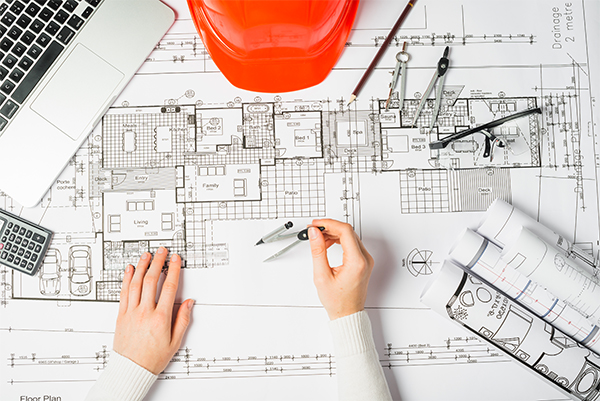Do you want to renew your home, but you’re not sure where to begin. Don’t worry! You will get all your answers here. Many homeowners go into the renovation process with little idea of what they’re getting themselves into. Sometimes, after they have experienced renovation setbacks, they realize they should have planned ahead of time. For instance, unexpected costs and complications might make the process more difficult. So first, let’s understand why remodeling is beneficial.
Remodeling can elevate the value of your home. When looking at it from an investment angle, the difficulty is that the increase in value is frequently smaller than the project’s cost. According to Investopedia, the average cost recovery of a few common renovation projects is as follows.
- 60-70% increase in garage space
- Adding an attic bedroom costs 65-76 % of the total cost.
- 70-78 % of bathrooms need remodeling.
- 70-78% of significant kitchen remodels
- The addition of a wood deck is 80-85%
Is so it worthwhile to remodel? You may be satisfied with recovering less than your total spending if you expect to stay in your house for at least a few more years to enjoy the remodel. If you’re actively trying to sell your home, you’re unlikely to recoup your investment unless there’s a significant problem that’s stopping buyers.
When it comes to remodeling your home, it’s vital to do it correctly. That includes doing good work without cutting corners, as well as obtaining the necessary permissions and inspections.
What Are the Benefits of Permits and Inspections?
Local law mandates building permits and inspections. The main reason for having them is to ensure that the work is completed safely and following local building codes. The permits and inspection process for external construction also safeguard the area’s visual appeal and guarantees that utilities and other community services remain disrupted.
When Are Permits and Inspections Needed?
The restrictions will differ depending on where you live because they are local. Before doing any work, you should always consult with your local building department or an attorney. However, there are a few main categories for which permissions and inspections are mandatory.
Fences: Although fence installation is a do-it-yourself project, many places have height restrictions. If there’s a disagreement over property lines or damage to underground facilities, permits can also help identify who built the fence.
Additions: Sheds, decks, and detached garages are examples of covered extensions in addition to adding rooms. It could include both “real building,” when you build something from the ground up, and pre-made structures, such as sheds offered in home improvement stores, so verify your local regulations.
Plumbing and electrical systems: Almost all electrical and plumbing upgrades will necessitate a permit and a safety check. Small projects include running a wire for a ceiling fan or relocating your washing machine a few feet count.
Changes in the structure: Permits are essential for adding or removing walls, doors, windows, or balcony support poles. The goal is to protect the structural integrity of your home.
You can start your home remodeling project on the right foot if you keep these guidelines in mind and plan beforehand.

